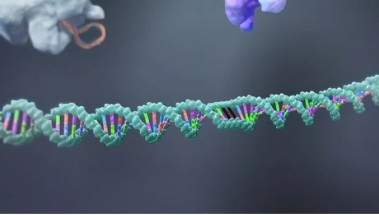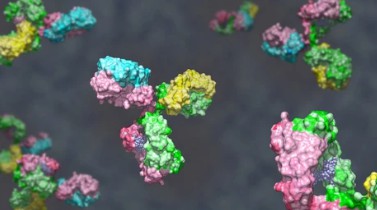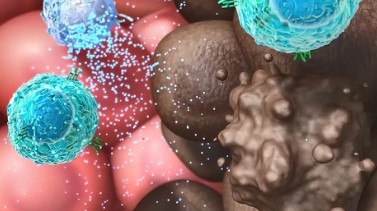Mushrooms are large fungi distributed worldwide and have long been used in different fields for their bioactive compounds with pharmacological or nutritional value. However, people do not know as much about mushrooms as they do about common crops. With the development of science and technology, omics technologies are coming into the picture. Omic tools provide a comprehensive view of cellular metabolites, tissues, and organisms for studying the identification of genes (genomics), mRNA (transcriptomics), metabolites (metabolomics), and protein production (proteomics) under specific environmental conditions or by specific methods. Many researchers have started to apply omic techniques to mushroom research, shifting mushroom research from artificial cultivation to basic research and providing ideas for subsequent mushroom breeding.
 Fig. 1. Application of omics technology in the research on edible fungi. (Cao L, et al., 2022)
Fig. 1. Application of omics technology in the research on edible fungi. (Cao L, et al., 2022)
Services
The low yield of bioactive metabolites limits the utilization of edible and medicinal mushrooms in commercial and clinical trials. Lifeasible attempts to develop new strategies to improve their production, including conducting omic studies, constructing genome-scale metabolic models, and metabolic engineering. Omic techniques are favored by us because of their high sensitivity and broad applicability. Our experts are committed to the multi-omics studies of edible, medicinal, and poisonous mushrooms, including genomics, transcriptomics, proteomics, metabolomics, and combined multi-omics analysis techniques.
Lifeasible provides structural genomics and functional genomics services for mushrooms. We can help you obtain the whole genome sequence of mushrooms, predict the key genes involved in life processes, and study the specific expression of genes and molecular genetic information using gene cloning, transgenics, and genomics.
Lifeasible provides gene microarray technology, gene expression sequence analysis, and high-throughput transcriptome sequencing technology to sequence and assemble mushroom transcripts and screen genes up- and down-regulated in different environments, different tissues, and different growth and development stages.
Lifeasible provides mushroom differential proteomics to screen for differentially expressed proteins in different environments, growth stages, and tissue morphology and uses bioinformatics to characterize the structure, properties, and function of differentially expressed proteins.
Lifeasible provides mushroom metabolomics to screen mushrooms for bioactive substances and their metabolic pathways and then uses molecular techniques to enhance the content of critical active substances in mushrooms. We can map the complete regulatory network of mushroom substance and energy metabolism for you.
Lifeasible integrates multiple histological techniques for mushroom research, using bioinformatics to drill down into critical histological data and analyze the results from multiple perspectives and levels to provide a more comprehensive study of all aspects of mushrooms.
Lifeasible combines mushroom omic technologies already flexible with other research methods with the ultimate goal of overproduction of bioactive compounds and supporting mushroom genetic breeding, growth and development, resistance, resilience, and many other studies. Our cutting-edge omic technologies will provide ideas for subsequent in-depth studies of mushrooms. Please do not hesitate to contact us. We look forward to a wonderful collaboration with you!
Reference
- Cao L, Zhang Q, Miao R, et al. (2022) Application of omics technology in the research on edible fungi[J]. Current Research in Food Science. 100430.
For research or industrial raw materials, not for personal medical use!


 Fig. 1. Application of omics technology in the research on edible fungi. (Cao L, et al., 2022)
Fig. 1. Application of omics technology in the research on edible fungi. (Cao L, et al., 2022) 




